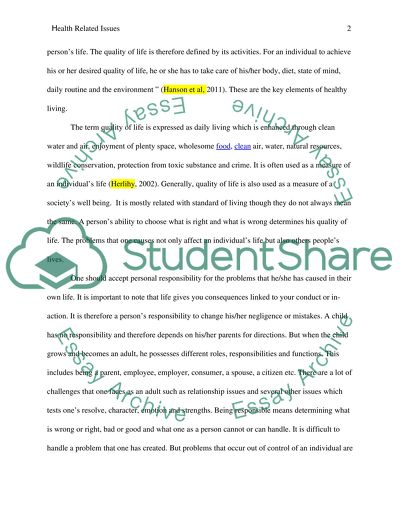Cite this document
(“Influences on health: Health related issues Essay”, n.d.)
Retrieved from https://studentshare.org/health-sciences-medicine/1400827-influences-on-health
Retrieved from https://studentshare.org/health-sciences-medicine/1400827-influences-on-health
(Influences on Health: Health Related Issues Essay)
https://studentshare.org/health-sciences-medicine/1400827-influences-on-health.
https://studentshare.org/health-sciences-medicine/1400827-influences-on-health.
“Influences on Health: Health Related Issues Essay”, n.d. https://studentshare.org/health-sciences-medicine/1400827-influences-on-health.


